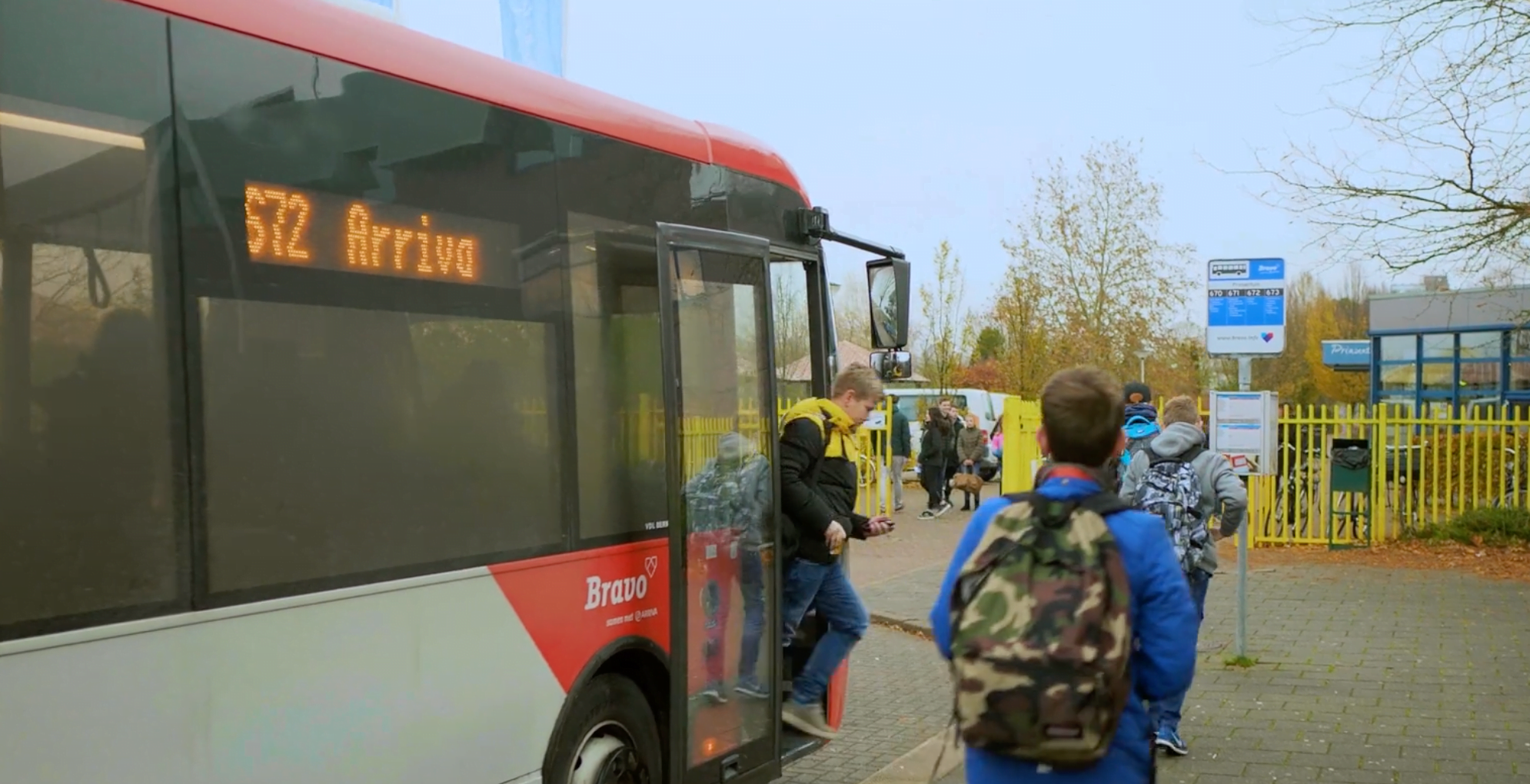A reliable government fulfills its duty of care for its tax-paying citizens. Good public transport is simply part of that.
A number of neighborhood bus associations have a serious shortage of volunteers. It raises the question of how it is possible that socially important work, such as a good local transport network of community buses, has to run on volunteers. Doing important work and getting nothing for it in order to ultimately save money on the provincial budget is not a motivation for volunteers.
As a result of provincial budget cuts, bus companies opted en masse to scrap existing unprofitable scheduled services. Especially in small centers and outlying areas. Many neighborhood bus associations now have a great lack of volunteers transport poverty is lurking. It is strange that the government requires its residents to find a job as quickly as possible, while the same government encourages paid jobs to be converted into volunteer work, with all the consequences that entails.
neighborhood buses
De neighborhood bus, also called district bus, is a form of public transport introduced in the Netherlands in 1977, connecting sparsely populated areas or neighborhoods according to a fixed route and timetable. They are small vans (8 people) that are driven by volunteers. Because these are small vans, people with a normal driver's license can also drive these buses and you do not need a large driver's license. These vans drive a fixed route according to a fixed timetable. The local bus has stops in built-up areas, outside built-up areas the local bus can stop anywhere along the route. Some local bus lines also have stops that are only served if a call has been made in advance. The local bus runs on the quieter routes, where it is not profitable to run a large bus. Most local buses only run during the day Monday to Friday.
current issues
The Babyloniënbroek neighborhood bus association was forced to stop and Arriva had to make adjustments in the Altena region. The adjustments have been made on routes where as few travelers as possible are affected. From Monday 9 January 2023, there will be forced adjustments to the timetable. Line 221 no longer runs via Andel. The route goes from Almkerk directly to Giessen.




